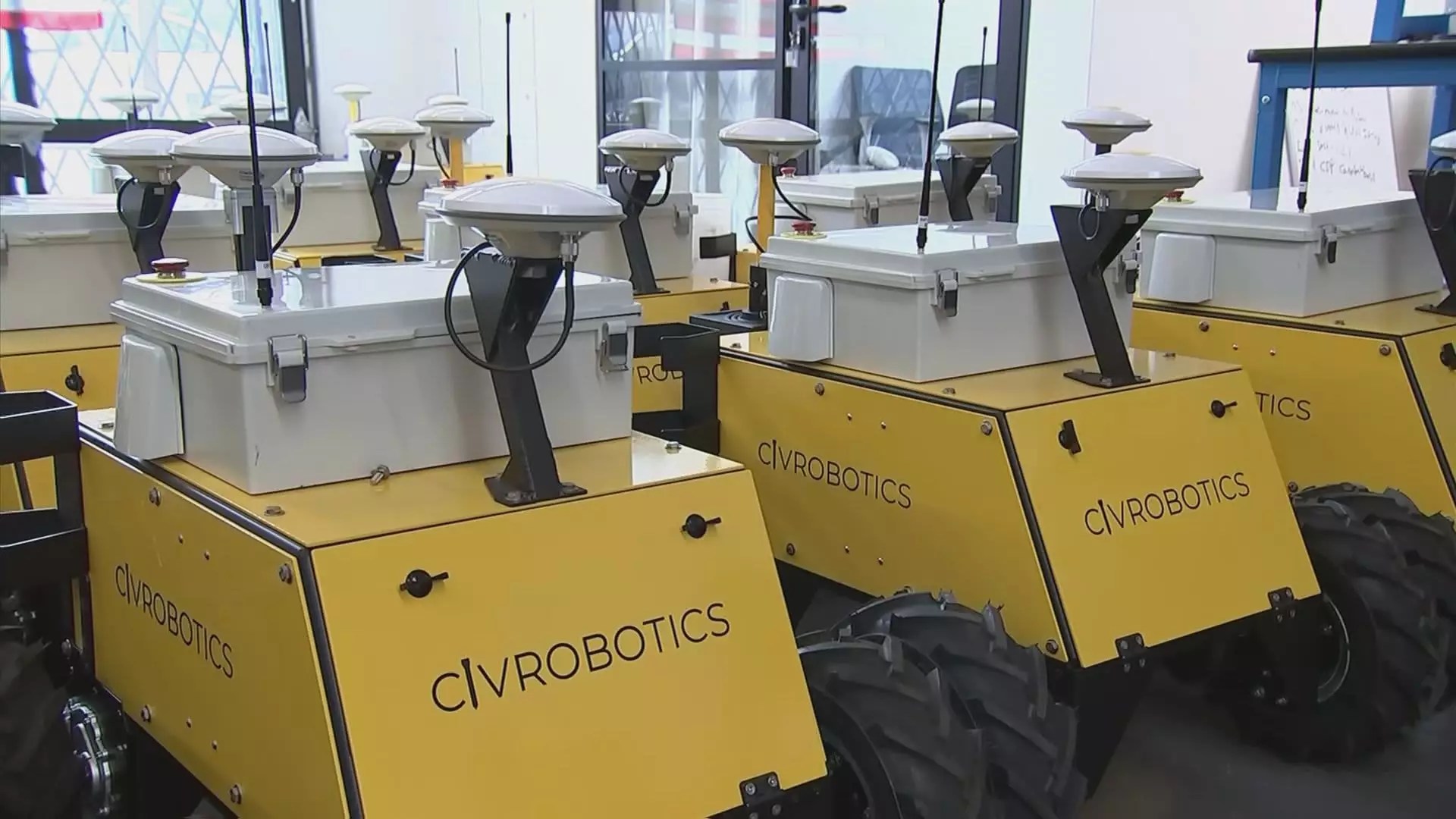In an era where government backing for renewable projects is waning, the private sector is proving its resilience and resilience is driven by technological innovation. While policymakers hesitate or withdraw support, entrepreneurial ingenuity steps in to fill the void. Robotics, in particular, has emerged as a game-changer, transforming the arduous labor-intensive process of constructing solar farms into a streamlined, cost-efficient endeavor. This shift is not merely incremental but fundamentally disruptive, challenging traditional notions of infrastructure development. Automation’s thrust isn’t just about efficiency but also about securing competitiveness and independence from fluctuating political fortunes.
Robots as Catalysts of Efficiency and Cost Reduction
The deployment of autonomous machinery like CivDot exemplifies how cutting-edge technology can displace manual labor while enhancing precision. By accurately marking thousands of layout points daily, these machines drastically reduce the time required for survey work. The accuracy of within 8 millimeters allows for a pared-down construction process, offsetting the necessity for extensive human oversight. This is especially crucial given the labor shortages and rising costs associated with skilled surveyors, which have historically ballooned project budgets and extended timelines. As a result, private investors see robots not as mere novelties but as vital strategic tools to maintain profitability amid political uncertainty.
The Geopolitical and Economic Implications of Automation
The rise of robotic solutions in renewable construction also bears broader implications. It hints at a future where the geopolitical landscape of energy shifts towards self-reliance and technological sovereignty. Countries and corporations that harness automation will have an edge in deploying cleaner energy at competitive costs, thereby reducing reliance on traditional energy security dependencies. Moreover, private technological advancements like Civ Robotics illustrate a form of economic resilience that is capable of minimizing exposure to policy volatility. In effect, this pushes renewable energy development into a more pragmatic and market-oriented direction, less tethered to the whims of political agendas and more aligned with entrepreneurial capitalism.
The Challenges and Limitations of Robotic Adoption
Despite its promises, automation isn’t without challenges. For instance, batteries require swapping and maintenance, especially in remote, rugged terrains—a logistical hurdle that could impact project timelines. Terrain adaptation remains a critical factor; robots like CivDot are designed to navigate rough environments, but the unpredictability of nature always poses risks. Additionally, competition among robotics firms suggests a burgeoning market, yet current rivals focus primarily on standardized terrains like highways or fields, not rugged desert or thick vegetation. Therefore, while the technology is promising, it is not infallible, and large-scale adoption will still require overcoming technical and operational hurdles. But from a broader perspective, these challenges underscore the necessity for continual innovation and strategic investments, qualities that private enterprise is uniquely capable of fostering.
The Political Realities and Market Dynamics
In the current political climate, which is characterized by a shift away from large-scale government intervention in energy projects, the ability to operate independently has become more valuable than ever. Private companies that leverage robotics are effectively hedging against policy instability, creating a resilient pathway for renewable energy expansion. This strategic autonomy aligns well with a fiscal conservative stance that advocates for market-driven solutions to energy challenges. Yet, it also highlights a vital truth: technological leadership in renewable construction is increasingly becoming a matter of economic and strategic necessity rather than a preference. Governments might decelerate, but the private sector’s push towards automation ensures that renewable energy growth continues unabated—albeit in a more controlled, efficient, and market-oriented fashion.
In essence, the advent of robotics in renewable infrastructure development embodies a profound paradigm shift. It emphasizes efficiency, reduces reliance on fluctuating political support, and demonstrates the strategic importance of innovation. While the road ahead is fraught with technical hurdles, the underlying trend is clear: the future of renewable energy deployment will be shaped more by entrepreneurial technological mastery than by government mandates. This is the reality that policymakers and industry leaders must recognize and adapt to, lest they fall behind in a rapidly evolving energy landscape.

